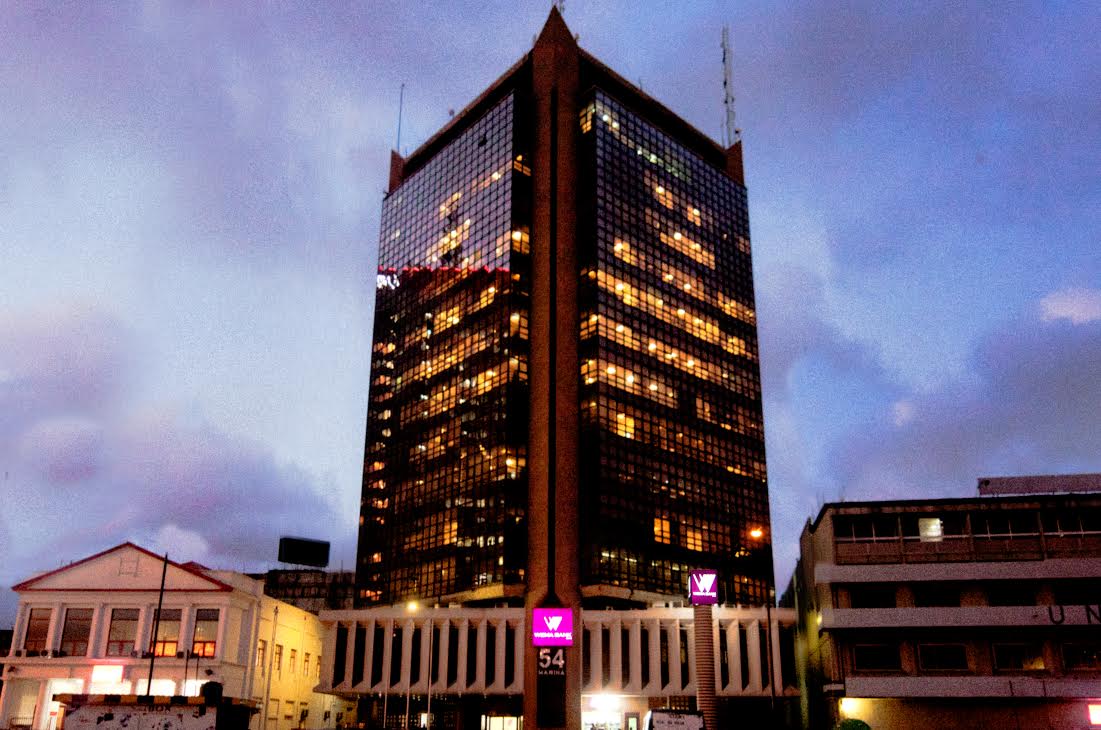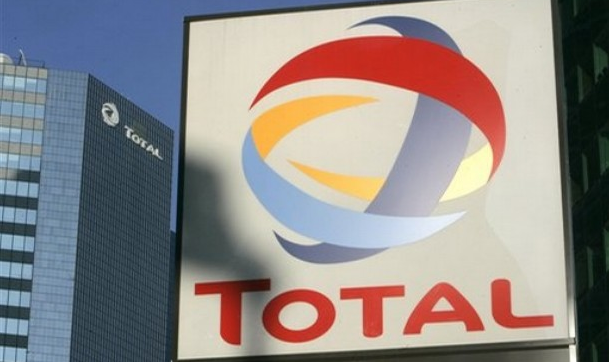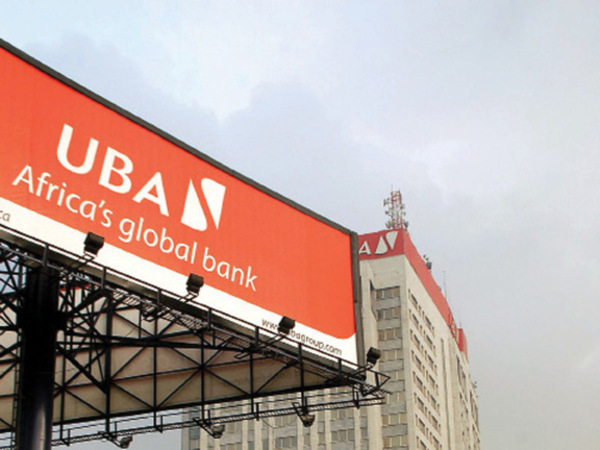Wema Bank lost its high recovery/growth momentum last year but succeeded in largely defending profit in a year of volatile earnings outcomes in the banking sector. Profit ended flat for the bank in 2015 and that looks likely to be the earnings story for the 2016 financial year. Though unable to gain operating speed really needed to rebuild profit and level up over N34 billion of retained deficit, it is at least keeping profit from falling.
The bank has maintained consistent growth in revenue albeit a sustaining slowdown and that strength has been retained in the current year. The ability to achieve a balanced growth in both interest and non-interest income at the end of the second quarter is rarely found in the banking industry this year. The ability to covert revenue into profit remains weak with one major cost line running against the general industry picture.
The bank ended second quarter operations with an increase of 15.2% in interest income to N20.16 billion and a rise of 21.6% in non-interest income to N4.11 billion. Based on that growth rate, revenue is expected to approach N50 billion for Wema Bank at the end of 2016. With that, the bank looks good to maintain its growth rate of 8.5% in gross earnings in 2015.
Last year saw the lowest growth rate in revenue in four years, as growth slowed down for the third year running. Non-interest income had grown by almost 29% at the end of last year and remains the strength for revenue growth in the current year. The bank needs to add moderating cost behaviour to the continuing growth in revenue for it to raise profit margin to at least the industry average mark.
Advertisement
The bank’s two major cost lines are running counter to the general banking industry pattern – one in favour and one against. The favourable aspect is impairment charge for credit losses – the main expense area that is hurting bank earnings generally this year. Wema Bank is moving against the industry trend in this area with a net write back being recorded for the second year.
Apparently the bank has overcome its credit quality problem, as a net write back in 2015 followed a moderate provision in 2014 and a huge net write back in 2013. Its loan recovery effort is still yielding fruit with a net write back at the end of the second quarter.
The bank is moving against the moderating cost behaviour in respect of interest expenses. Perhaps it is the only bank unable to reduce interest expenses on year-on-year basis so far this year.
Advertisement
At the end of the second quarter, interest expenses rose by 38% to N11.63 billion, more than two and half times the 15% increase in interest income. This means the bank could not convert any part of the increase in interest earnings to net income during the period. Net interest income therefore declined by 6% year-on-year at the end of June.
In 2015 as well, interest cost rose more than three times as fast as interest income, which caused a decline of 4.5% in net interest income in the year. Rising cost of funds reflects the bank’s resort to inter-bank borrowings to make up for loss of low cost customer deposits – which were down by 11% to N253.84 billion at half year.
Wema Bank is in line with the general industry trend in respect of operating cost, which is moderating relative to revenue. Operating expenses increased marginally at 2.6% to N11.39 billion at the end of the second quarter, lowering operating cost margin further from 51.2% at the end of last year to below 47% at the end of June. The cost margin had declined from 52.4% at the end of 2014.
After tax profit improved by 10.6% to N1.10 billion at the end of June. The full year outlook indicates after tax profit in the region of N2.3 billion for Wema Bank in 2016. This is an expected flat growth on the N2.33 billion the bank earned last year. Its profit went down marginally at 1.9% last year but it has remained profitable for the last three years after returning to profit in 2013. Past losses still leave a retained deficit in excess of N34 billion in the capital account.
Advertisement
Net profit margin remains one of the lowest in the banking sector at 4.5%, a continuing decline from 5.6% at the end of 2014 to 5.1% in 2015.
The bank earned less than 3 kobo per share at the end of the second quarter and the full year expectation is 6 kobo – the same figure it earned in 2015. Cash dividend isn’t to be expected until management is able to level up the retained deficit hole in the balance sheet.







